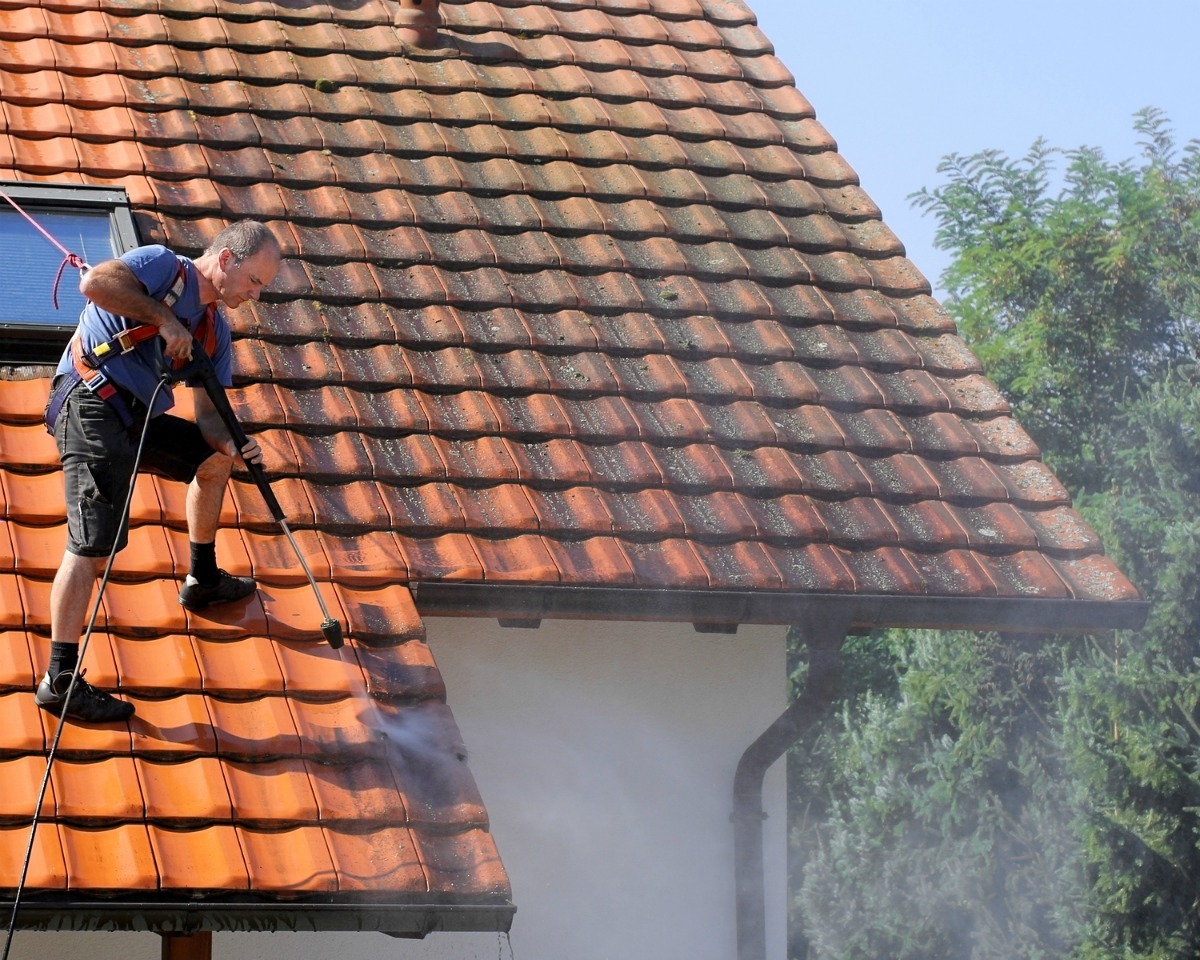Though often attributed to an accumulation of dirt defective shingles mold or mildew.
Black mold cause shingles.
You may also worry that mold growth will harm your asphalt shingles and reduce the roof s lifespan.
Although these dark spots and ugly black streaks on your roof may look like dirt mildew soot or mold what they really are is algae.
The black roof stains are caused by a form of algae that has been around for years typically found in the woods on the north side of trees or on exposed rocks.
The most common culprit is actually a blue green algae known as gloeocapsa magma that is spread by airborne spores.
Black stains on an asphalt roof caused by algae.
In reality what you are seeing is not black mold but a bacteria that is called gloeocapsa magma.
Granted some of it could be mold but what is spreading like wildfire is gleocapsa magma.
In hot and humid climates like tampa algae growth on asphalt shingles can be a real problem.
If you live in a humid area of the country you ve probably seen unsightly dark streaks on asphalt shingle roofs.
What are the black streaks on my roof.
Many home owners are surprised to discover that the once clean asphalt roof shingles have been slowly covered with a form of roof mold or mildew that appears as a light discoloration and spreads down the roof toward the gutters.
But now this black algae is termed a roof shingle algae because of.
No one likes having to buy a new roof much sooner than anticipated.
Black mold can result cause brain and lung damage as well as cancer.
Common black mold symptoms are sneezing skin irritation headache coughing watery eyes fever vomiting diarrhea and chills.
The most common type is known as gloeocapsa magma also known as blue green algae.
Black mold on asphalt shingles is ugly.
Black mold stains streaks and clumps of moss growing on the roof look unsightly.

